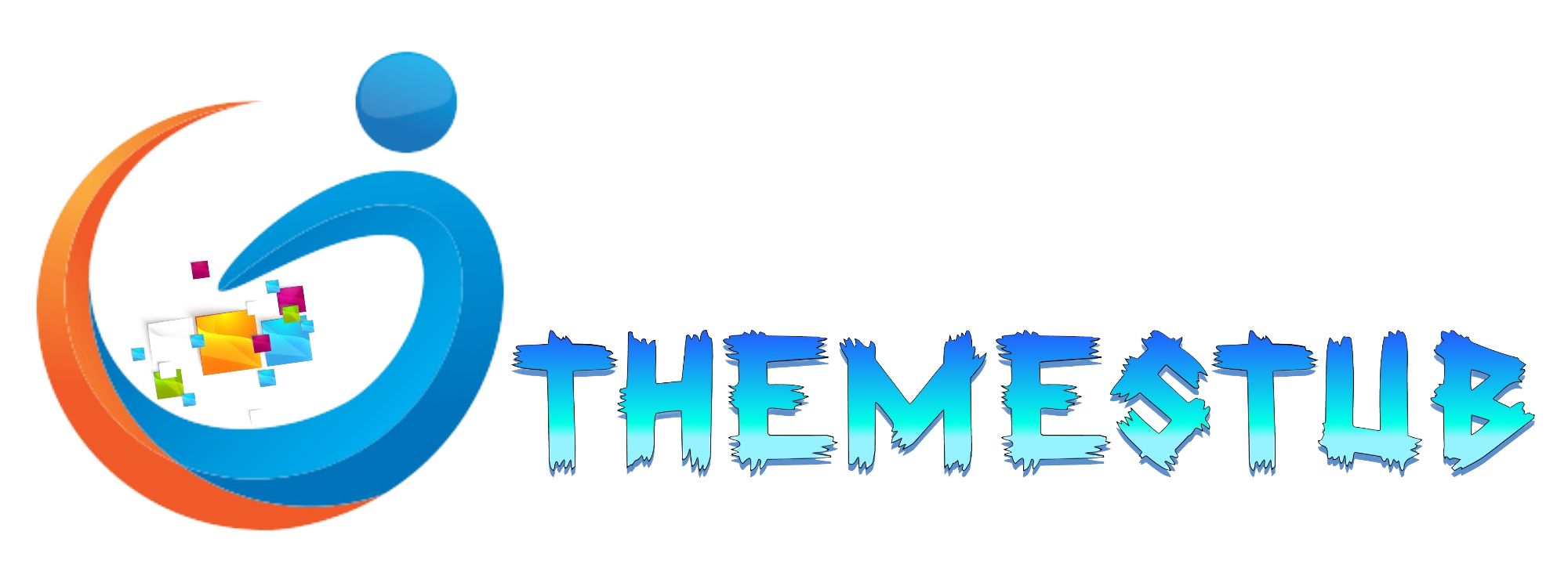
Unlocking the Power of PHP: Connecting to Databases for Web Development
When it comes to web development, databases play a pivotal role in storing and managing data, enabling dynamic and interactive web applications. PHP, a server-side scripting language, offers a seamless way to connect to databases, making it a go-to choice for web developers worldwide. In this blog, we’ll explore the ins and outs of connecting to databases in PHP, empowering you to harness the full potential of this versatile language.
The Database Connection Dance
Before we dive into the technical details, let’s understand the basic steps involved in connecting a PHP script to a database:
- Choose Your Database: The first step is selecting the database system you want to work with. Common options include MySQL, PostgreSQL, SQLite, or even NoSQL databases like MongoDB. Your choice determines the specific PHP extension you’ll use.
- Set Up the Database: Ensure that your chosen database system is installed and configured properly. Create the necessary database(s) and tables to store your data.
- Select the PHP Database Extension: PHP offers two primary extensions for connecting to databases: MySQLi (MySQL Improved) and PDO (PHP Data Objects).
- MySQLi: Ideal for MySQL databases, MySQLi provides both procedural and object-oriented methods for connecting and interacting with the database.
- PDO: PDO is a versatile database abstraction layer that supports various database systems. It offers a consistent API, making it possible to work with multiple databases using the same code.
- Establish the Connection: Use the chosen PHP extension to create a connection to the database, providing the necessary credentials, such as the server address, username, password, and database name.
- Perform Database Operations: Once the connection is established, you can execute SQL queries to interact with the database, including selecting, inserting, updating, and deleting records.
Now, let’s delve into the technical details of these steps.
Connecting with MySQLi
To connect to a MySQL database using MySQLi, follow these steps:
phpCopy code
<?php $server = "localhost"; // Replace with your database server host $username = "your_username"; // Replace with your database username $password = "your_password"; // Replace with your database password $database = "your_database"; // Replace with your database name // Create a connection $conn = new mysqli($server, $username, $password, $database); // Check the connection if ($conn->connect_error) { die("Connection failed: " . $conn->connect_error); } ?>
Connecting with PDO
To connect to a database using PDO (which supports multiple database systems), here’s an example:
phpCopy code
<?php $server = "localhost"; // Replace with your database server host $username = "your_username"; // Replace with your database username $password = "your_password"; // Replace with your database password $database = "your_database"; // Replace with your database name try { $conn = new PDO("mysql:host=$server;dbname=$database", $username, $password); $conn->setAttribute(PDO::ATTR_ERRMODE, PDO::ERRMODE_EXCEPTION); echo "Connected successfully"; } catch (PDOException $e) { echo "Connection failed: " . $e->getMessage(); } ?>
Performing Database Operations
Once you’ve successfully established a database connection, you can perform various operations, such as executing SQL queries to fetch, insert, update, or delete data. The choice between MySQLi and PDO depends on your specific project requirements and database compatibility.
In conclusion, connecting to databases in PHP is a fundamental skill for web developers. It opens the doors to creating dynamic, data-driven web applications that can store and retrieve information. By following the steps and examples outlined in this blog, you’ll be well on your way to building robust and interactive websites powered by PHP and a solid database connection.






